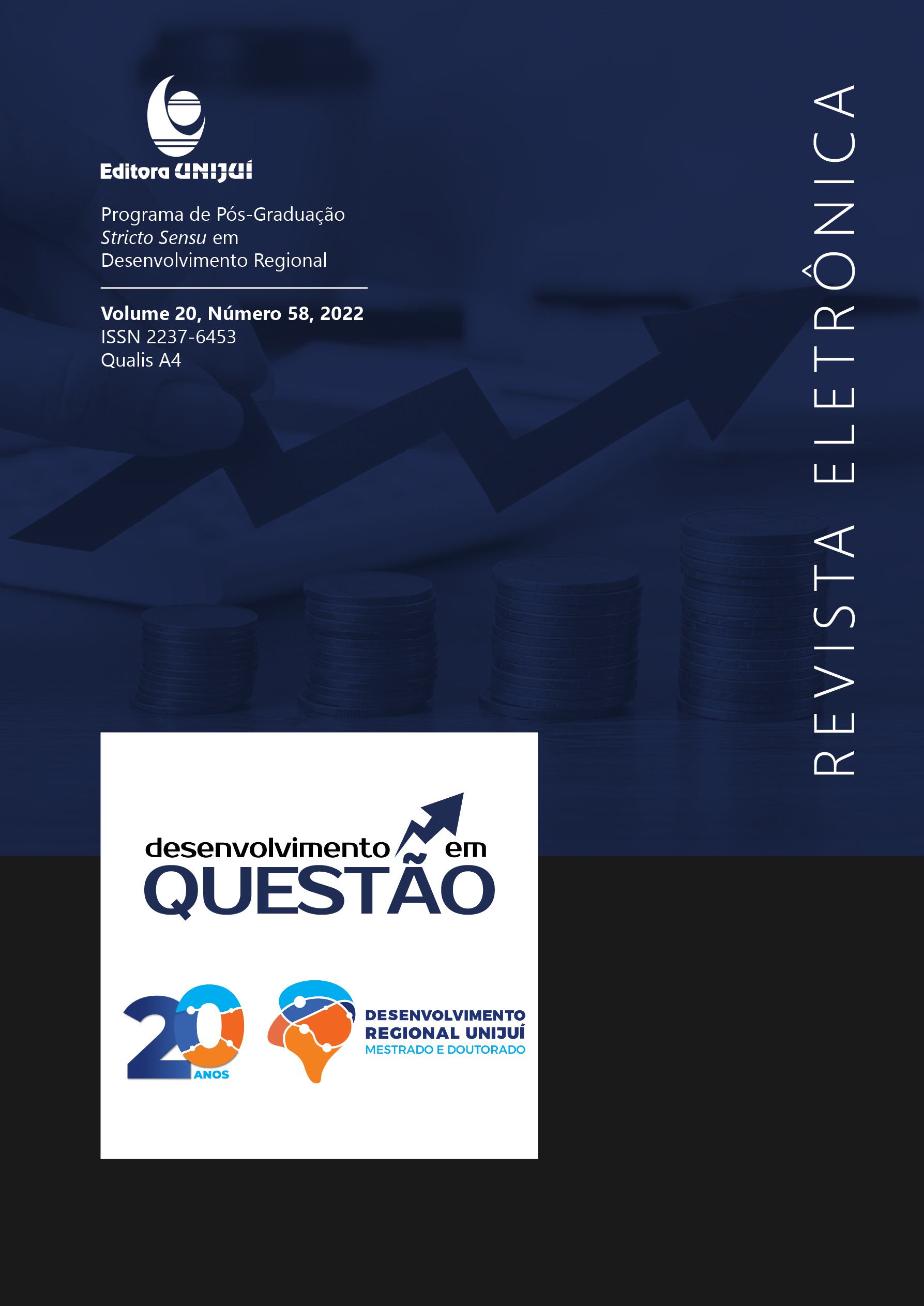The quality of centensary censitory counting in the brazilian semi-arid: a comparative analysis
DOI:
https://doi.org/10.21527/2237-6453.2022.58.12074Keywords:
Aged. Data Accuracy. Census. Brazil.Abstract
A characteristic of population aging has been the rapid growth of the population of centenarians in some regions of the world. Centenarians, by definition, are survivors who reached the age of one hundred, that is, they lived about 20 years longer than the average life expectancy of most developed countries. There is interest in the study of the population of centenarians, due to the history that permeates this specific group in relation to overestimation and low reliability of information in demographic censuses. The objective of this study was to carry out an exploratory analysis of the quality of the census count of centenarians in the Brazilian Semiarid region in 2000 and 2010. It was an exploratory and descriptive study, with a quantitative approach, integrated by secondary data from data with 100 years or more. , non-semiarid Brazilian residents. To carry out a comparative investigation and analyze the quality of the records, data from centenarians in the world, found in 85 countries that are part of the United Nations (UN), were used. The results found in this work show that the census count of centenarians in the Semiarid Brazilian has evolved over 10 years. However, even with the advance observed, the semi-arid indicators are still of “low” quality and are far from those found in more developed countries, a fact that is worrying, which deserves attention and care in capturing this population in the next demographic census, appropriate in the erroneous counting brings casual that hinder the planning and attention to centenary elderly.
Downloads
Published
How to Cite
Issue
Section
License
Copyright (c) 2022 Desenvolvimento em Questão

This work is licensed under a Creative Commons Attribution 4.0 International License.
By publishing in Revista Desenvolvimento em Questão, authors agree to the following terms:
All works are published under the Creative Commons Attribution 4.0 International License (CC BY 4.0), which allows:
Sharing — to copy and redistribute the material in any medium or format;
Adaptation — to remix, transform, and build upon the material for any purpose, even commercially.
These permissions are irrevocable, provided that the following terms are respected:
Attribution — authors must be properly credited, a link to the license must be provided, and any changes made must be indicated.
No additional restrictions — no legal or technological measures may be applied that legally restrict others from doing anything the license permits.
Notices:
The license does not apply to elements that are in the public domain or covered by legal exceptions.
The license does not grant all necessary rights for specific uses (e.g., image rights, privacy, or moral rights).
The journal is not responsible for the opinions expressed in the articles, which are the sole responsibility of the authors. The Editor, with the support of the Editorial Board, reserves the right to suggest or request modifications when necessary.
Only original scientific articles presenting research results of interest that have not been previously published or simultaneously submitted to another journal with the same purpose will be accepted.
Mentions of trademarks or specific products are intended solely for identification purposes and do not imply any promotional relationship by the authors or the journal.
License Agreement (for articles published from 2025 onward): Authors retain the copyright to their article and grant Revista Desenvolvimento em Questão the right of first publication.











